Each of the images below show the way I see myself in different moods and different times of the day. I spent some time developing the idea and then photocopied some images from my sketchbook. A basic photocopy was then used as a template to backdraw the features, adjusting as I felt necessary.
The course manual asks us to include at least 2 of the techniques we have learned to date. I used my initial drawing time to ponder on a less-is-more outcome with the goal of not overworking or complicating each piece. It’s not always easy to assess when a piece is ‘finished’. The techniques used include:
- rolling various colours together avoiding creating a completely uniform colour.
- using a small roller in various directions to give uneven coverage.
- using various brush sizes to create busy background strokes.
- using a small brush to form a detailed pattern.
- controlled brush work applying colour to specific areas (hair in Images 1 & 2).
- backdrawing.
- creating surface texture within the background ink.
- using positive, negative and torn masks.
- using the oil inks at different consistencies, both full colour and translucent.
- wiping the print plate semi-clean with a rag, then transferring the remainder to the print (Image 4) to confuse and interfere with the image.
- hand pressing throughout, using different pressure to form lighter and harsher outcomes.
- exploring different print paper surfaces.
- creating bigger prints than any I’ve made so far.
My self-portrait image sometimes displays my head with hinged openings. This usually indicates both an eagerness and readiness to absorb new information, to soak up new experiences and to be continually learning. However, depending on the surrounding artwork, it can also indicate an overloaded and overwhelming time where I simply have to vent and clear the stress and clutter.
My eyes are also portrayed differently, sometimes being replaced with question marks. Again, this indicates a constant questioning and absorbing of information. However, where I have drawn glasses this displays a more closed attitude, it could be a quiet serene time or an angst ridden period where I’m not ready for new challenges.
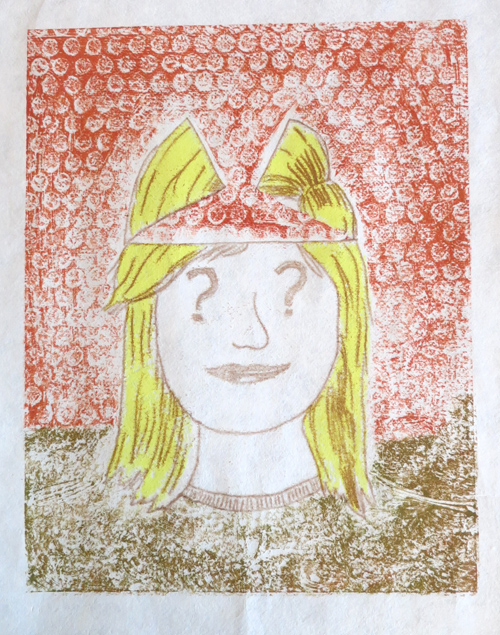 Image 1: Ready, alert, controlled, in work mode (I work as an accountant). I’m questioning, absorbing information but keeping things tightly in order.
Image 1: Ready, alert, controlled, in work mode (I work as an accountant). I’m questioning, absorbing information but keeping things tightly in order.
150gsm mulberry paper.
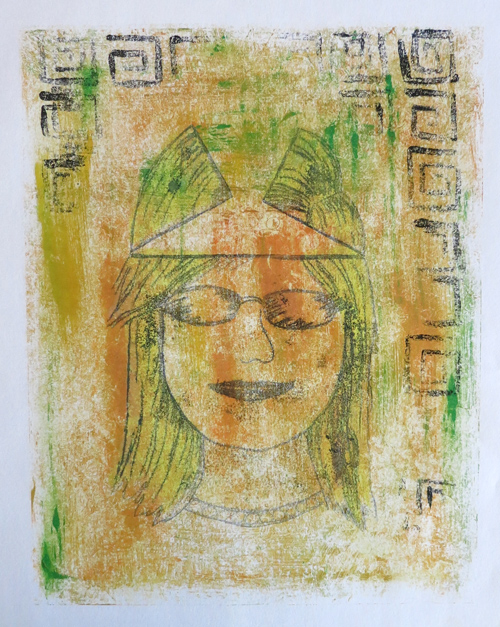 Image 2: Busy, absorbing. A little chaotic and daunting.
Image 2: Busy, absorbing. A little chaotic and daunting.
110gsm cartridge paper.
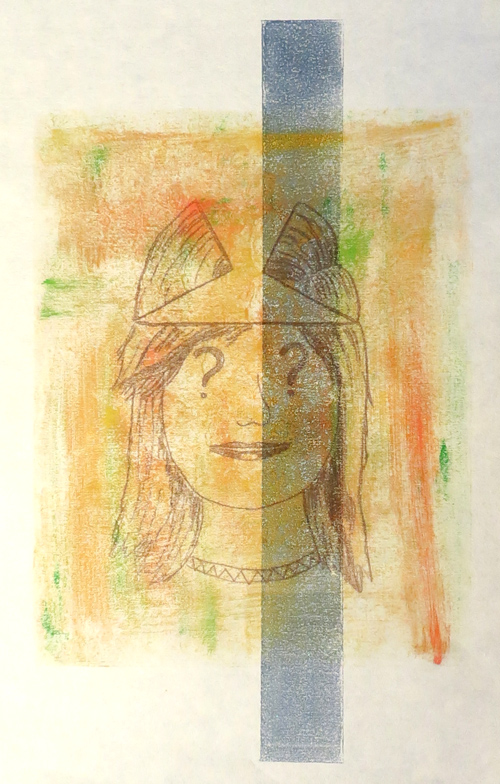 Image 3: Creative and focused. Learning, thinking and planning.
Image 3: Creative and focused. Learning, thinking and planning.
Kozo heavy – warm white.
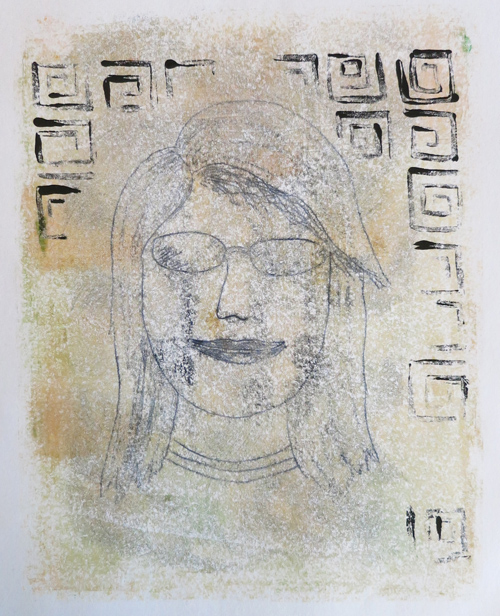 Image 4: Despondent, non-responsive, dispirited, solitary.
Image 4: Despondent, non-responsive, dispirited, solitary.
Note: This image has been printed in reverse indicating a tangible difference in perception.
110gsm cartridge paper.
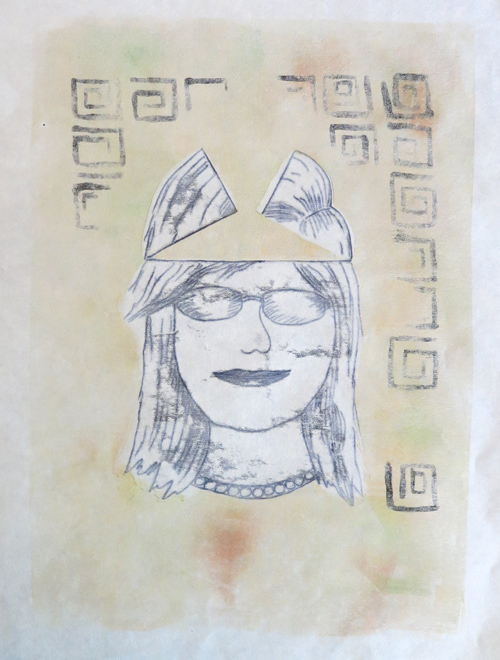 Image 5: Calm, quiet, reflective but still attentive.
Image 5: Calm, quiet, reflective but still attentive.
Kozo heavy – warm white.

i’ll be keeping an eye on your head in future – to see if its hinged open, or tightly closed! Nice work
Trying something a little less structured and more spontaneous. More of what I’m thinking than seeing rather than a fully planned outcome.
I like them, they’re different to my normal work.
Now I’ve just got to develop some other themes.